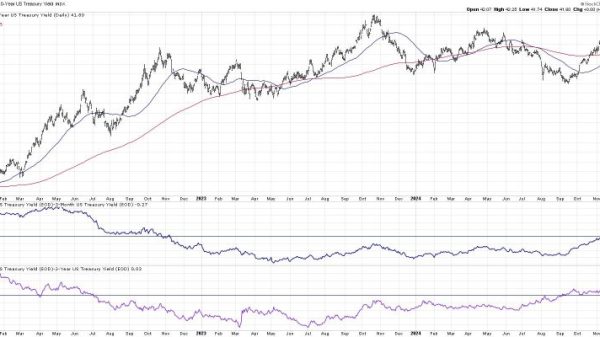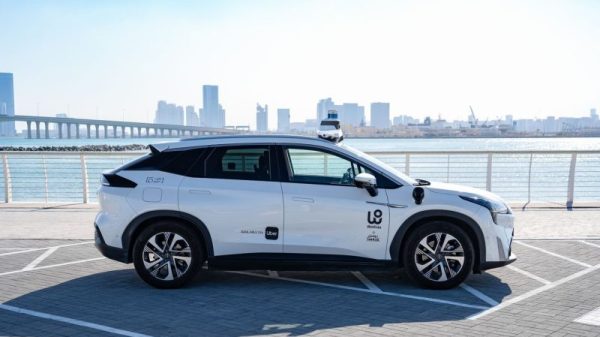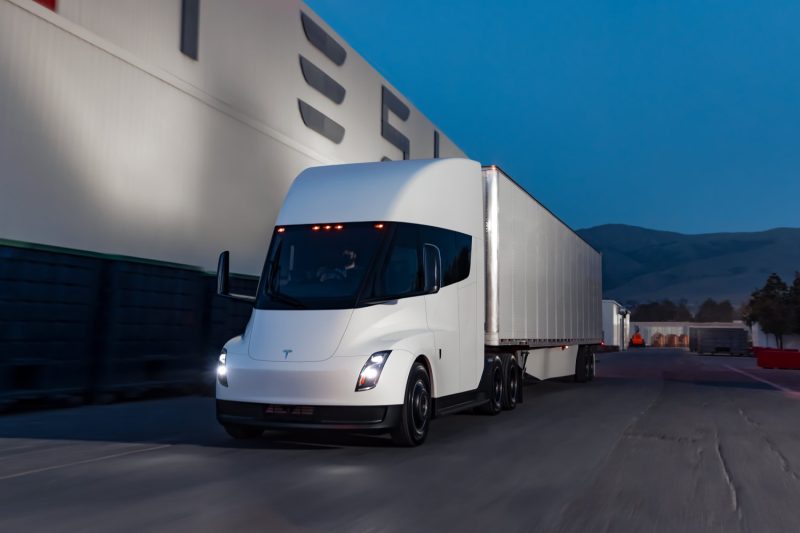In a recent incident that took place in Rialto, California, a Tesla Semi truck caught fire, prompting an intensive response from the local fire department. The blaze was so intense that it required a staggering 50,000 gallons of water to extinguish it fully. This event sheds light on the potential challenges and safety considerations associated with electric vehicles, particularly large commercial vehicles like the Tesla Semi.
Electric vehicles, including semis, have gained traction in recent years due to their lower environmental impact compared to traditional gasoline or diesel vehicles. However, incidents like the Tesla Semi fire in California underscore the importance of understanding and addressing the unique safety concerns that come with these innovative technologies.
One of the key considerations in this incident was the amount of water needed to extinguish the fire. Unlike traditional vehicle fires, which are typically fueled by gasoline or diesel, electric vehicle fires pose different challenges due to the involvement of lithium-ion batteries. These batteries can reignite even after appearing to be extinguished, necessitating extensive cooling and monitoring to prevent further flare-ups.
Moreover, the sheer volume of water required to put out the Tesla Semi fire highlights the infrastructure and resources needed to respond effectively to such incidents involving electric vehicles. Firefighters and emergency responders must be equipped with specialized training and equipment to handle these scenarios safely and efficiently.
The Tesla Semi fire also raises questions about the design and construction of electric vehicles to enhance safety measures and prevent similar incidents in the future. Manufacturers of electric vehicles, especially commercial ones like the Tesla Semi, must prioritize robust fire safety mechanisms and protocols to minimize the risk of fires and ensure the protection of both drivers and first responders.
Furthermore, this incident serves as a reminder of the importance of ongoing research and development in the field of electric vehicle safety. As the adoption of electric vehicles continues to grow, industry stakeholders, policymakers, and emergency response agencies must collaborate to establish standards and best practices that promote the safe operation and handling of these vehicles in various scenarios.
In conclusion, the Tesla Semi fire in California serves as a cautionary tale that underscores the need for vigilance, preparedness, and continuous improvement in the realm of electric vehicle safety. By learning from incidents like this and proactively addressing the associated challenges, we can pave the way for a safer and more sustainable future of transportation.


























